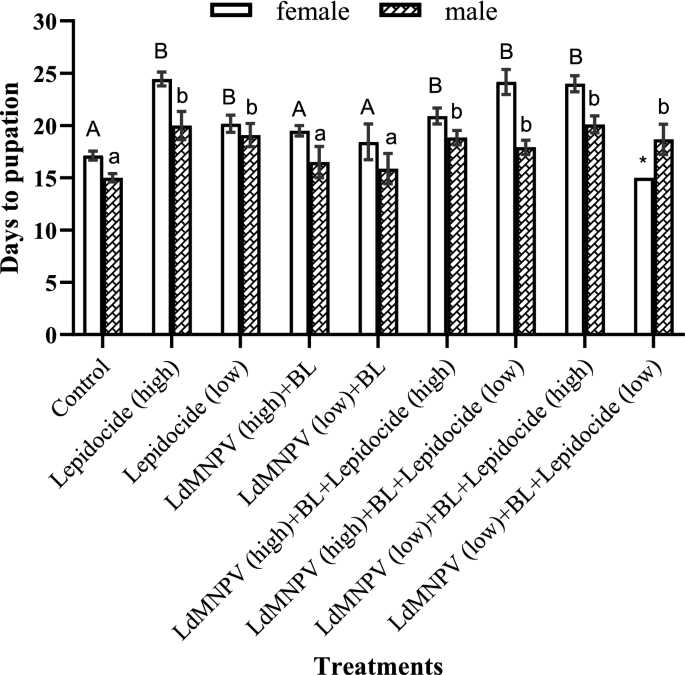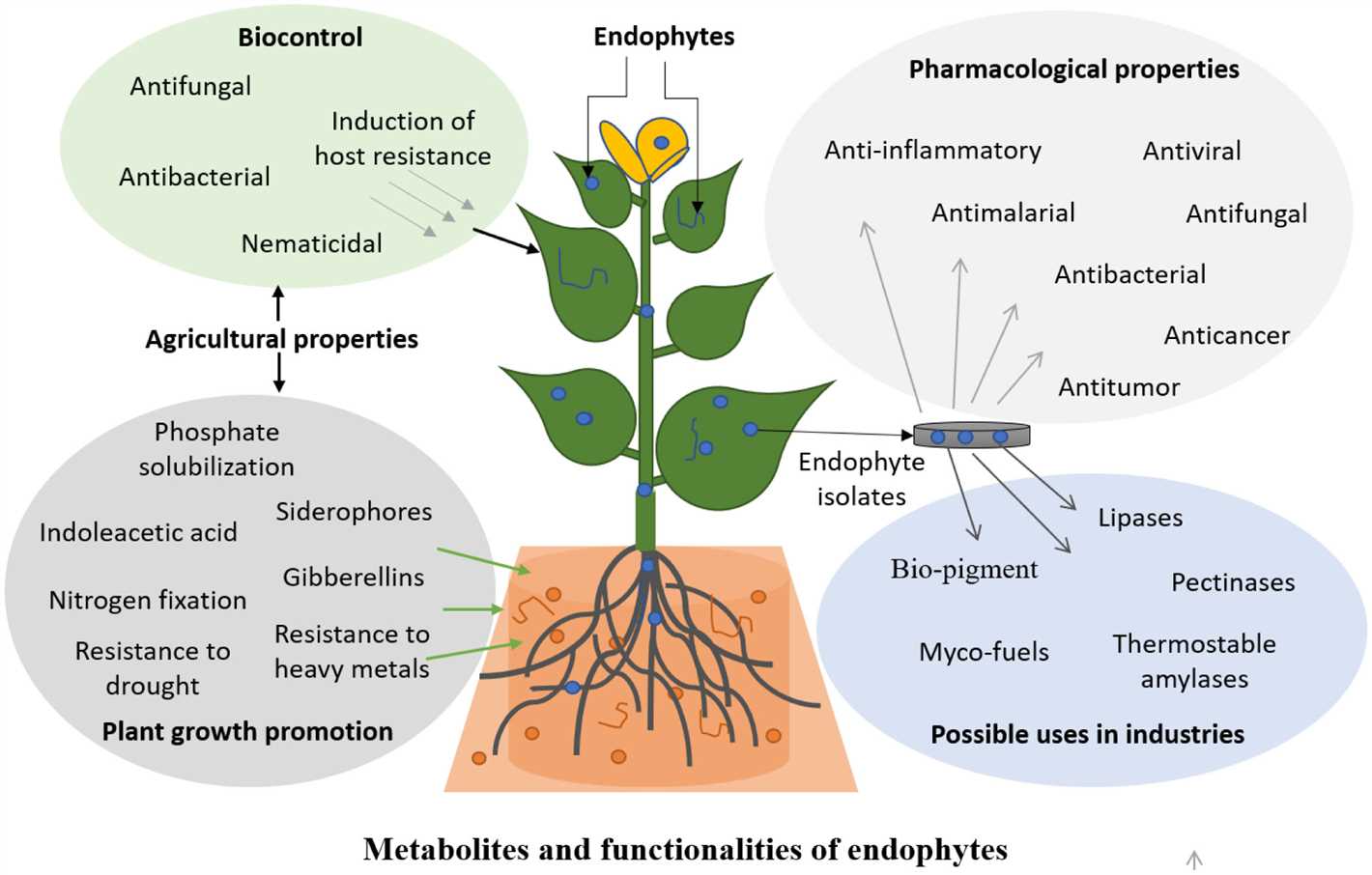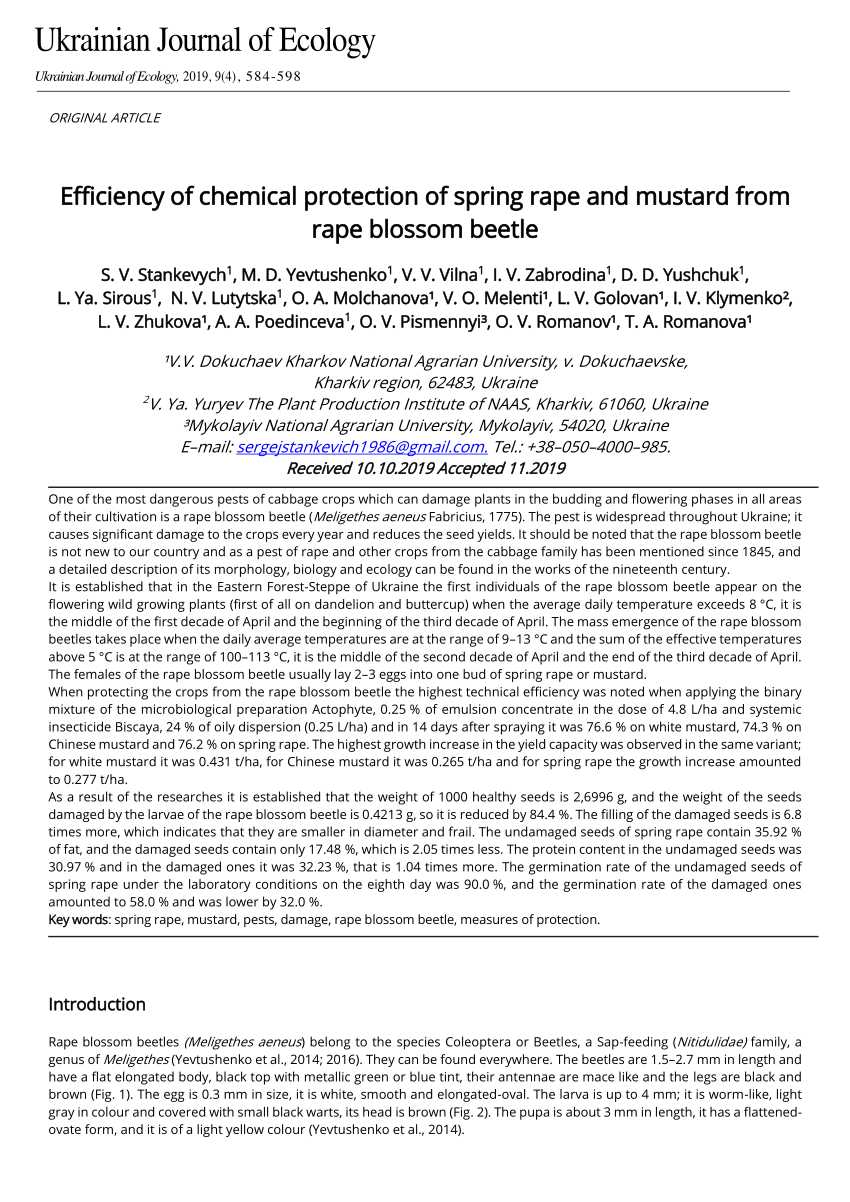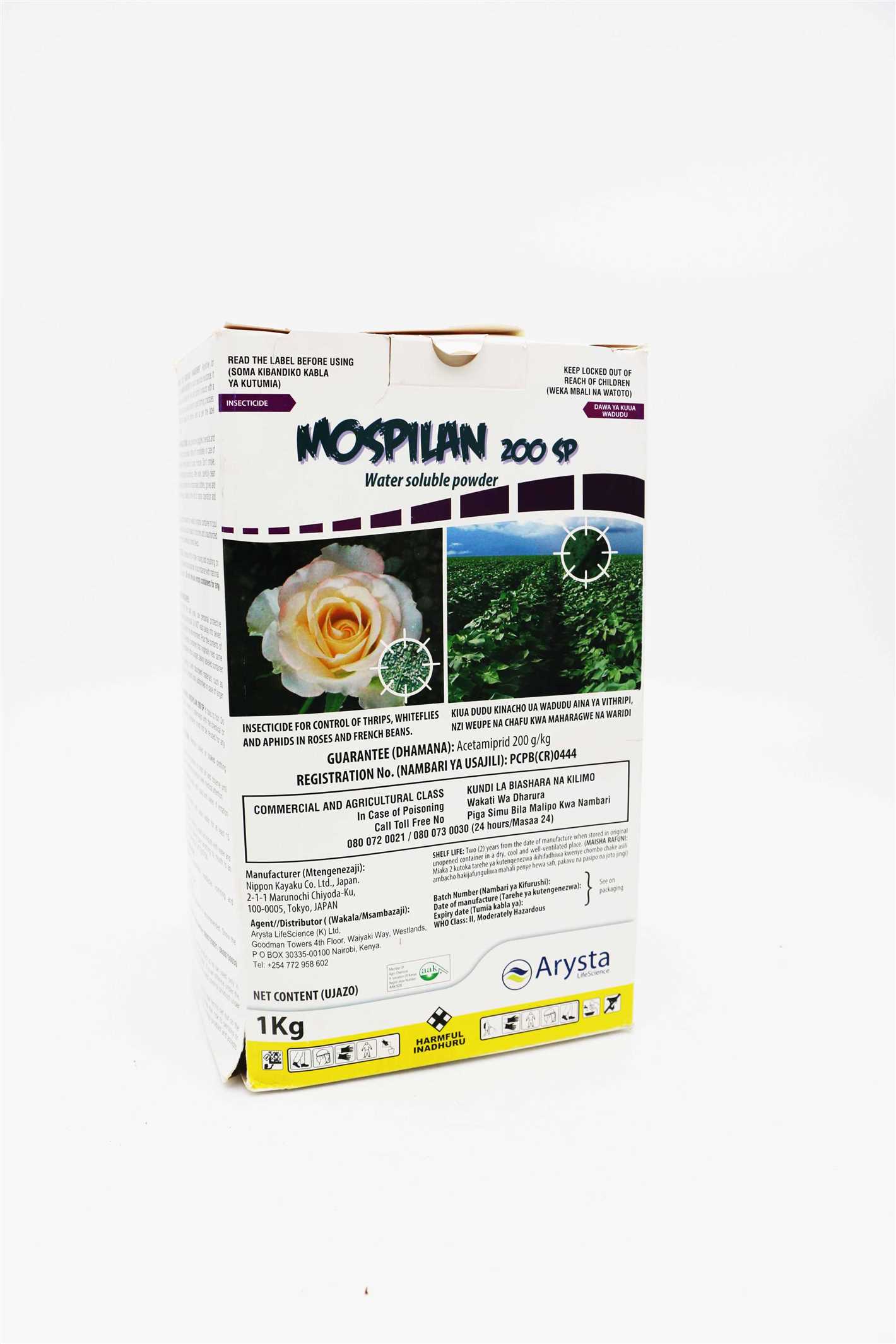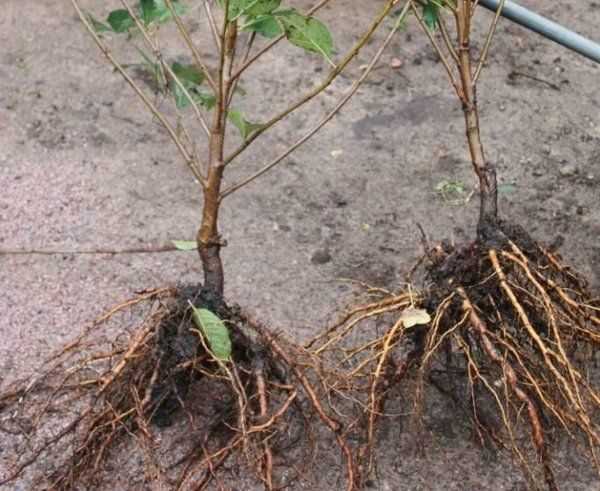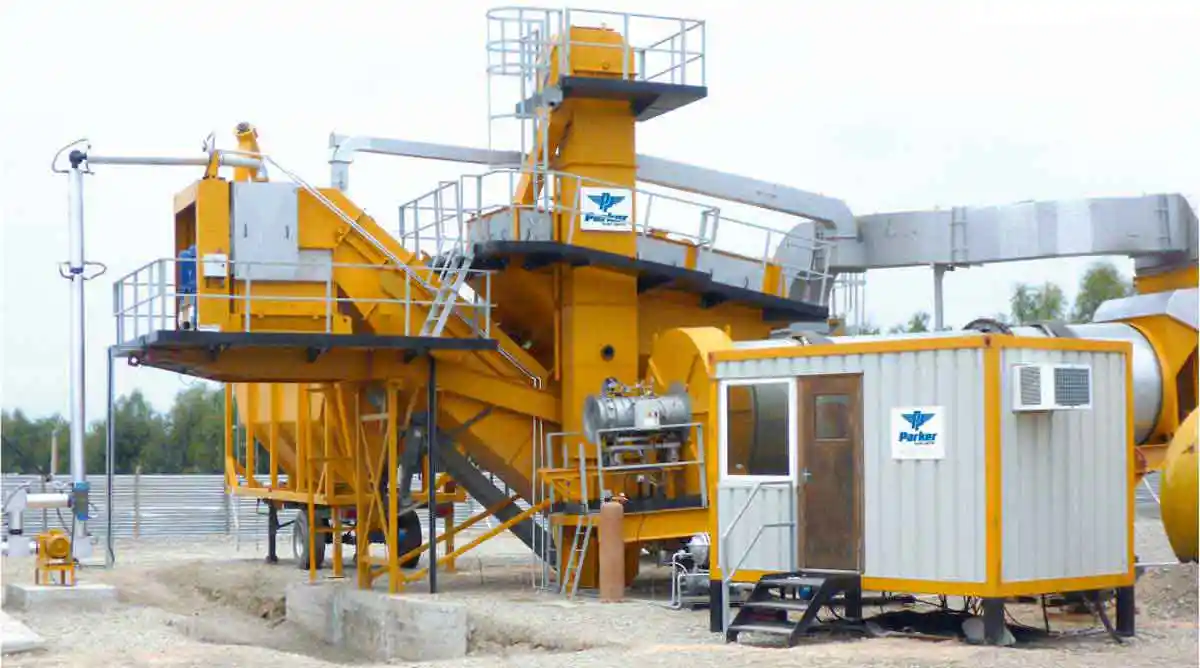- Understand the Thunderstorm Risks
- Check and Maintain Proper Drainage
- Secure and Protect Outdoor Plants
- Create a Shelter for Delicate Plants
- Trim and Secure Trees and Branches
- Safeguard Potted Plants Indoors
- 1. Choose an Ideal Location
- 2. Group Plants Together
- 3. Provide Adequate Sunlight
- 4. Water Properly
- 5. Shield from Pets and Children
- 6. Maintain a Suitable Temperature
- 7. Monitor and Assess
- Stay Updated with Weather Alerts
- 1. Check Weather Forecasts
- 2. Sign Up for Weather Alerts
- 3. Follow Social Media Accounts of Local Authorities
- 4. Pay Attention to Emergency Broadcasts
- 5. Use Weather Radar Apps
- Prepare an Emergency Kit
- Q&A:
- What are the essential steps for thunderstorm plant preparation?
- Why is it important to bring indoor plants inside during a thunderstorm?
- How can potted plants be secured during a thunderstorm?
- Why is pruning trees and shrubs important before a thunderstorm?
- What other precautions can be taken to protect plants during a thunderstorm?
- Are there any specific plants that are more susceptible to damage during a thunderstorm?
- Video: How to Save Your Plants from Continuous Heavy Rain
Thunderstorms can be a natural spectacle, but they can also be a danger to both humans and plants. For plant owners, it is important to take essential steps to protect their beloved greenery from the potential damage caused by thunderstorms. By following a few simple guidelines, you can ensure the safety and well-being of your plants during these powerful and unpredictable weather events.
First, it is crucial to bring your potted plants indoors during a thunderstorm. Lightning poses a significant threat to outdoor plants, as it can strike trees and other tall objects, which may result in their destruction. By moving your potted plants inside your home or a sheltered area, you can shield them from the potential harm caused by lightning strikes.
Additionally, it is important to secure any loose items in your garden. Thunderstorms are often accompanied by strong winds, which can cause damage to plants by blowing them over or breaking their branches. Therefore, it is advisable to anchor your plants securely by using stakes or tying them to sturdy structures to prevent any potential damage.
Furthermore, providing proper drainage for your plants is crucial during thunderstorms. Heavy rainfall during these weather events can lead to flooding, which can be detrimental to the health of your plants. To ensure sufficient drainage, make sure your plants are potted in containers with drainage holes and that the excess water can freely flow away from the roots.
Lastly, it is advisable to keep an eye on weather forecasts and be prepared in advance. Thunderstorms can develop rapidly, so it is essential to stay informed about potential storms in your area. By monitoring weather updates and having a plan in place, you can take immediate action to protect your plants and ensure their safety during a thunderstorm.
Remember, taking these essential steps can help you protect your plants from the potential damage caused by thunderstorms, ensuring their well-being and longevity. By being proactive and mindful of the weather conditions, you can keep your plants safe and thriving even during these powerful natural events.
Understand the Thunderstorm Risks
Before taking any steps to prepare your plants for a thunderstorm, it is important to understand the potential risks associated with this weather phenomenon. Thunderstorms can pose several dangers to plants, including:
- Strong winds: Thunderstorms often bring strong gusts of wind that can break branches and uproot plants.
- Heavy rain: Thunderstorms are often accompanied by heavy rainfall, which can lead to waterlogged soil and root rot.
- Hailstones: Some thunderstorms may produce hailstones, which can cause significant damage to plants, especially delicate leaves and flowers.
- Lightning: Thunderstorms are caused by the presence of lightning, which can strike trees and plants, resulting in damage or even death.
By understanding these risks, you can take the necessary precautions to protect your plants and minimize potential damage. It is important to stay informed about severe weather forecasts and be prepared to take action when needed.
Check and Maintain Proper Drainage
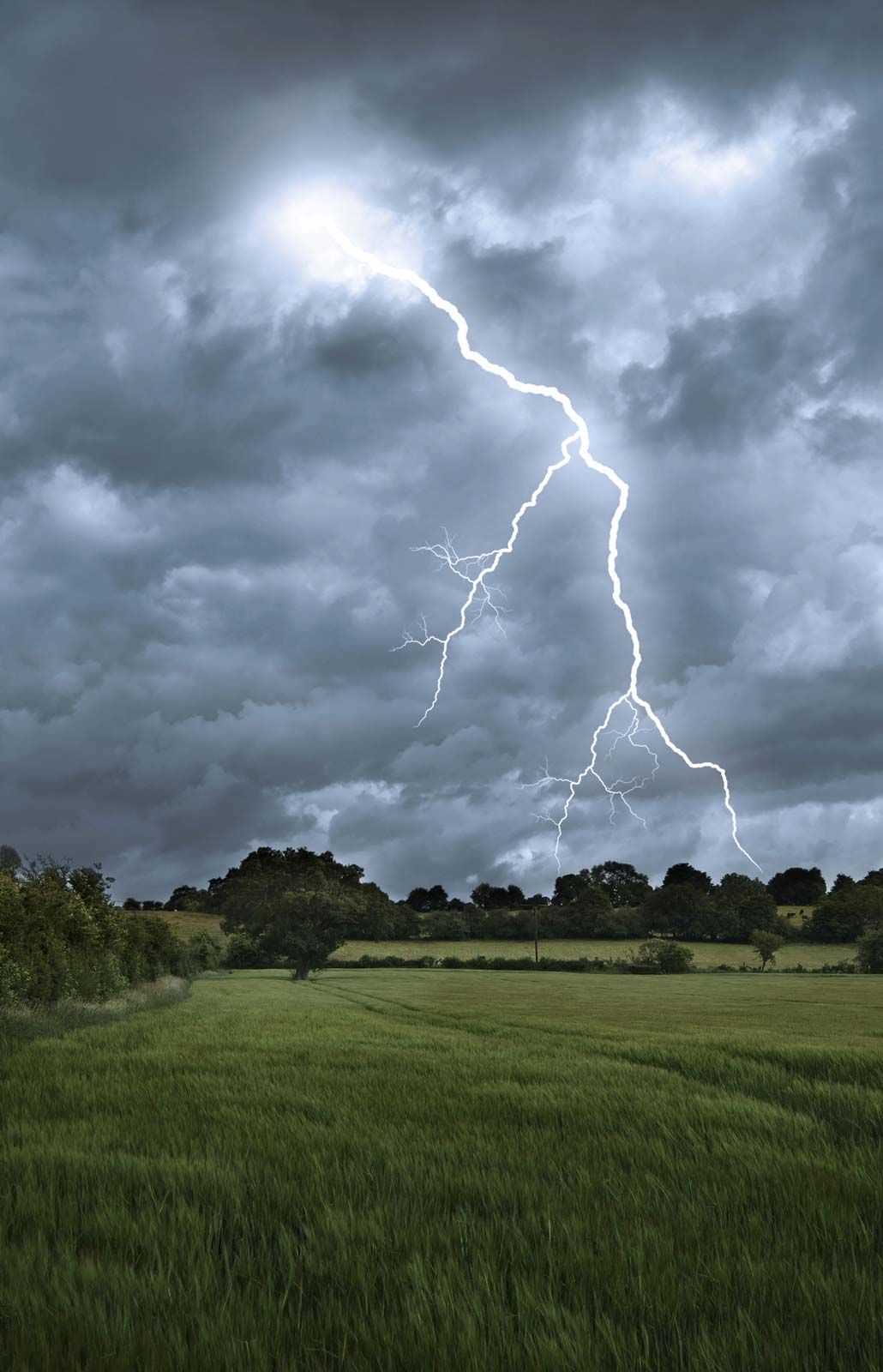
One of the essential steps in preparing your plants for a thunderstorm is checking and maintaining proper drainage. Proper drainage is crucial for preventing water accumulation and root rot. Here are some tips to ensure your plants have good drainage:
- Inspect your plant pots: Check if your plant pots have drainage holes at the bottom. If not, consider drilling some to allow excess water to escape.
- Use a well-draining potting mix: Choose a potting mix that is specially formulated for good drainage. Avoid using heavy soils that retain water for too long.
- Add drainage materials: Place a layer of small rocks or pebbles at the bottom of the pot before adding soil. This will create a barrier between the soil and the drainage holes, promoting better water flow.
- Monitor watering habits: Avoid overwatering your plants, as this can lead to waterlogged soil. Stick your finger an inch into the soil to check if it’s dry before watering.
- Check for clogged drainage holes: Regularly inspect the drainage holes in your pots to ensure they are not clogged with soil or debris. Use a small brush or pipe cleaner to clear any blockages.
By checking and maintaining proper drainage, you can help protect your plants from excessive water during a thunderstorm and ensure their overall health and well-being.
Secure and Protect Outdoor Plants
- Bring potted plants indoors: If you have outdoor plants in containers, it is best to bring them inside during a thunderstorm. This will protect them from strong winds, heavy rain, and hail that can damage or uproot them.
- Anchor large plants: For larger plants that cannot be moved indoors, use stakes or ties to secure them to the ground or a sturdy structure. This will help prevent them from toppling over during strong winds.
- Protect delicate plants: Delicate plants, such as flowers or young seedlings, are more susceptible to damage from thunderstorms. Cover them with a tarp or bring them under a covered patio to shield them from heavy rain and hail.
- Trim overhanging branches: If you have trees or bushes near your outdoor plants, trim any branches that could potentially fall or pose a risk during a thunderstorm. This will prevent them from damaging your plants or causing injuries.
- Use plant covers: Consider using plant covers made of breathable fabric to protect your plants from hail. These covers allow light and moisture to reach the plants while providing a layer of protection against the impact of hailstones.
- Provide additional support: If you have tall or fragile plants, use stakes or cages to provide additional support. This will keep them from bending or breaking under the weight of heavy rain or strong winds.
- Ensure proper drainage: Make sure that water can easily drain from the pots or the garden. Poor drainage can lead to waterlogged soil, which can cause root rot and other issues. Consider using saucers under pots to collect excess water.
- Monitor weather forecasts: Stay informed about the weather conditions in your area. Pay attention to thunderstorm warnings and take preemptive measures to protect your outdoor plants before the storm hits.
Create a Shelter for Delicate Plants

If you have delicate or sensitive plants in your garden, it’s important to create a shelter to protect them during a thunderstorm. Here are some steps you can follow:
- Identify the plants: Determine which plants in your garden are delicate or sensitive to extreme weather conditions. This may include flowering plants, small seedlings, or plants with soft stems.
- Choose a suitable shelter: Depending on the size of the plants, you can choose to create individual shelters or a larger shelter to cover multiple plants. Options for shelters include using a plant cover, a portable greenhouse, or constructing a DIY shelter using materials like PVC pipes and plastic sheeting.
- Prepare the shelter: Before the storm arrives, make sure the shelter is secure and stable. Anchor it to the ground using stakes or rocks to prevent it from being blown away by strong winds. Ensure that the shelter is tall enough to accommodate the height of your plants.
- Cover the plants: When the storm is approaching, cover the delicate plants with the shelter to protect them from heavy rain, strong winds, and hail. Make sure the cover is secure and tightly sealed to prevent water from leaking inside.
- Check periodically: During the storm, periodically check on the plants to ensure that the shelter is still intact and not damaged. If necessary, make any adjustments or repairs to the shelter to maintain its effectiveness.
- Remove the shelter: Once the storm has passed and the weather conditions have improved, remove the shelter from the delicate plants. This will allow them to receive sunlight and proper ventilation again.
By following these steps and providing a shelter for your delicate plants during a thunderstorm, you can help ensure their safety and protect them from any potential damage caused by severe weather.
Trim and Secure Trees and Branches
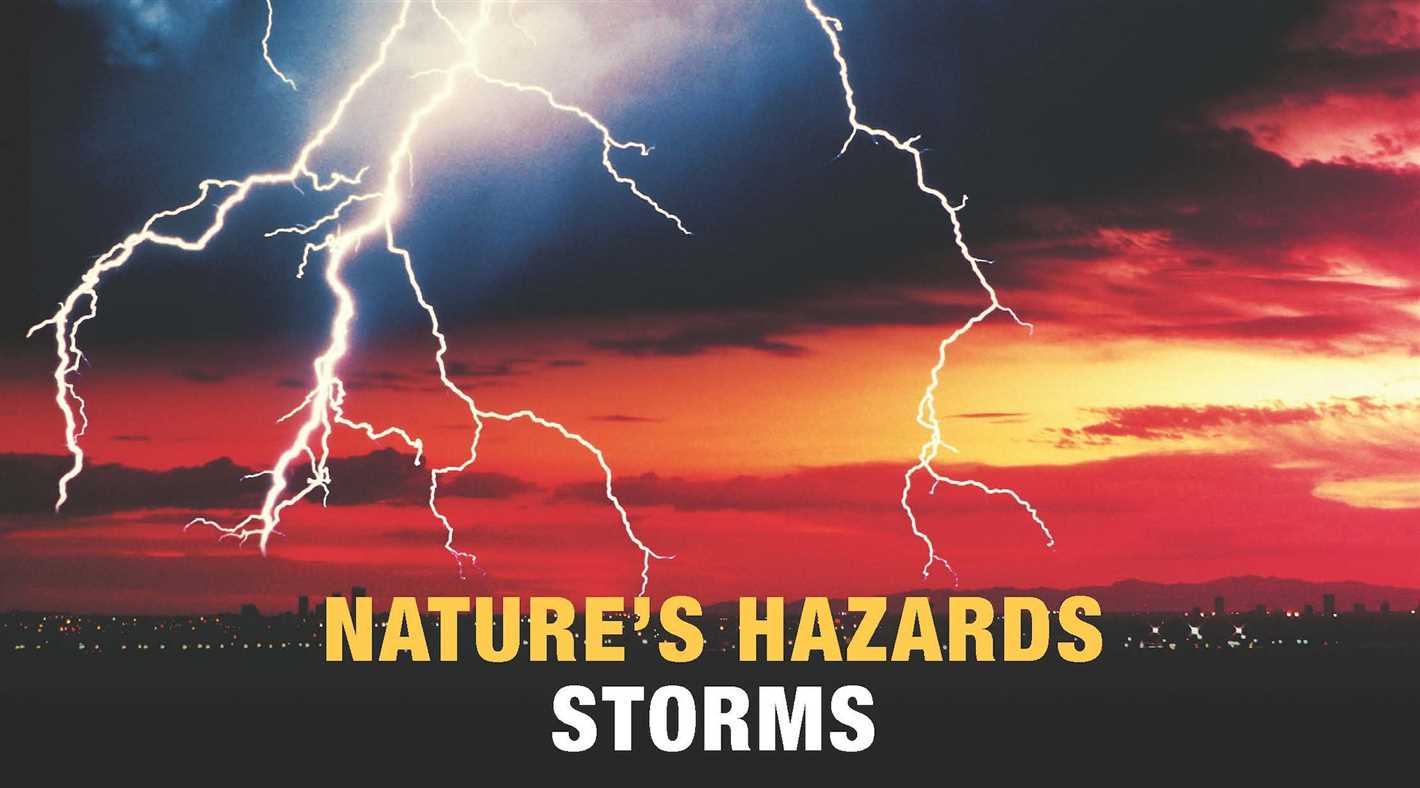
One important step in preparing for a thunderstorm is to trim and secure trees and branches around your property. Strong winds during a storm can easily break weak or overgrown branches, causing them to fall and potentially damage your home or other structures.
Here are some essential tips for trimming and securing trees and branches:
- Inspect all the trees on your property and identify any branches that are weak, damaged, or growing too close to structures.
- Use proper pruning techniques to trim and remove any dead or overgrown branches. Make sure to cut at the branch collar, which is the swollen area where the branch connects to the tree trunk.
- Avoid topping trees, as this can lead to weak regrowth and make them more susceptible to storm damage.
- If you’re unsure about how to properly trim a tree, consider hiring a professional arborist to do the job.
- After trimming, dispose of tree branches and debris appropriately. Do not leave them lying around, as they can become airborne during a storm.
- For large trees or branches that are close to power lines, contact your local utility company for assistance. Do not attempt to trim or remove them yourself.
- In addition to trimming, secure any loose branches or limbs that could be easily blown away by strong winds. Use sturdy ropes or straps to tie them to the main trunk or support structures.
- Consider installing cables or braces on trees with weak or split trunks to provide extra support.
By taking the time to trim and secure trees and branches before a thunderstorm, you can reduce the risk of property damage and ensure the safety of yourself and others around you.
Safeguard Potted Plants Indoors
When thunderstorms are approaching, it is crucial to take necessary steps to protect your potted plants. One of the best ways to ensure their safety is to bring them indoors. By following these simple steps, you can safeguard your plants and minimize the risk of damage caused by severe weather.
1. Choose an Ideal Location
Select a suitable indoor spot where your potted plants can be placed during the thunderstorm. Ensure the area is well-ventilated and has enough space to accommodate all the plants. Additionally, make sure that the spot is away from windows and doors to prevent any potential accidents or damage in case of strong winds.
2. Group Plants Together
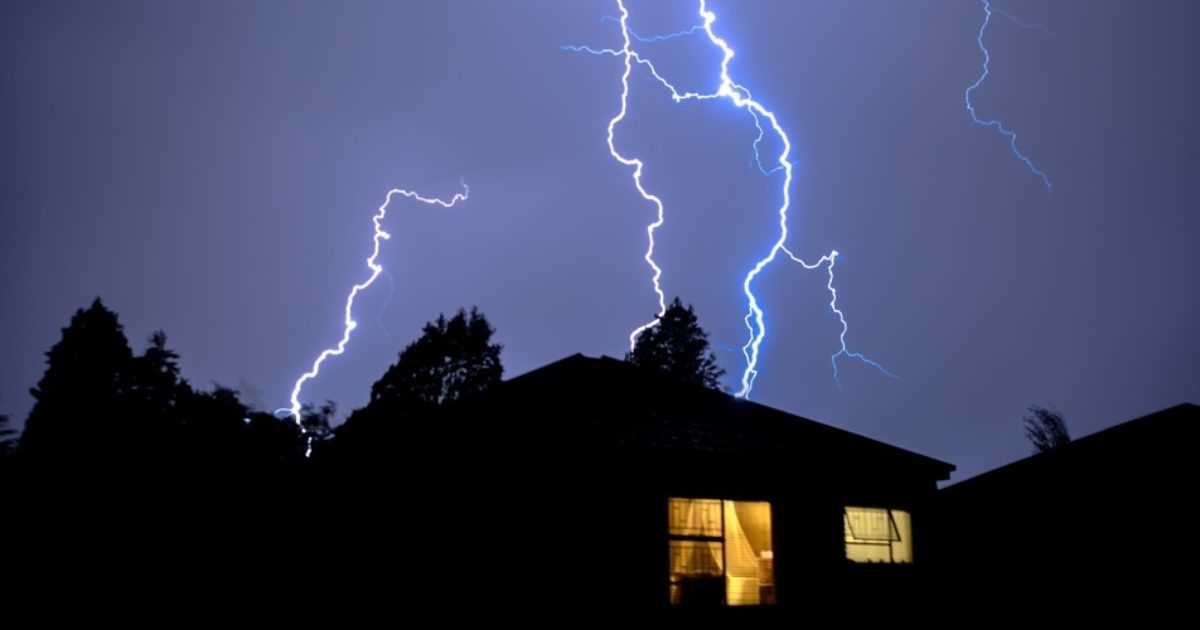
Place potted plants that require similar care and watering schedules together. Grouping them helps create a microclimate and makes it easier to monitor and care for them during their temporary indoor stay. This also protects them from any sudden changes in temperature or humidity.
3. Provide Adequate Sunlight

Position your plants in a location indoors where they can receive sufficient sunlight. Consider placing them near a window or using artificial grow lights if natural light is limited. Maintaining proper light levels is essential for the health and growth of your plants during stormy weather.
4. Water Properly
Check the moisture levels of your potted plants before moving them indoors. Be mindful of not over-watering or under-watering them. Adjust your watering routine according to the specific needs of each plant. Avoid creating waterlogged conditions and ensure proper drainage to prevent root rot.
5. Shield from Pets and Children
Keep your potted plants out of reach of pets and children during their indoor stay. Some plants may be toxic if ingested, and accidental damage caused by curious animals or children can harm both the plant and the individual involved. Consider using barriers or placing them in high spots to ensure their safety.
6. Maintain a Suitable Temperature
Keep your indoor space at a temperature that is suitable for the plants you are sheltering. Research the ideal temperature range for each plant and adjust your thermostat accordingly. Avoid placing them in areas that are too drafty or in close proximity to heating or cooling vents.
7. Monitor and Assess
Regularly check on your potted plants during the thunderstorm period. Look out for any signs of stress, insect infestations, or diseases that may have been triggered by the change in environment. Address any issues promptly to ensure the well-being of your plants.
By following these steps, you can keep your potted plants safe and protected indoors during thunderstorms. Remember, prevention is key, and being proactive in taking care of your plants will help ensure their health and longevity.
Stay Updated with Weather Alerts
In order to stay safe during a thunderstorm, it is essential to stay updated with the latest weather alerts. By being aware of the current weather conditions and forecasts, you can take timely actions to protect yourself, your plants, and your property.
1. Check Weather Forecasts
Keep an eye on local weather forecasts provided by reliable sources such as the National Weather Service or reputable weather websites and apps. Check these forecasts regularly to stay informed about any approaching thunderstorms in your area.
2. Sign Up for Weather Alerts
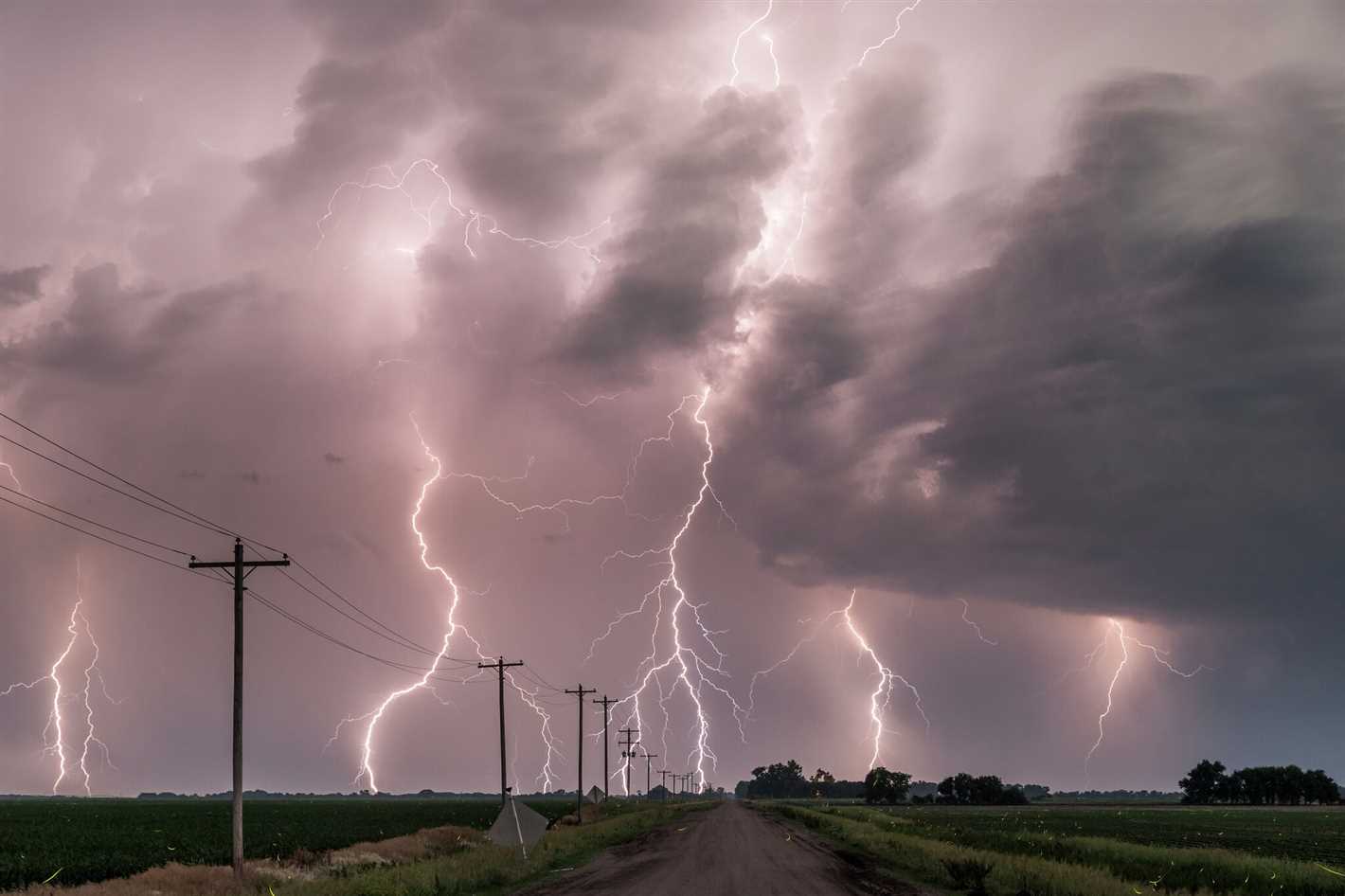
Sign up for weather alerts and notifications through various means such as text messages, email, or smartphone apps. Many weather services offer free alert services that can warn you about severe weather conditions, including thunderstorms, in real-time.
3. Follow Social Media Accounts of Local Authorities
Follow the social media accounts of local authorities, emergency management agencies, and meteorological departments in your area. These organizations often share timely updates and important information related to approaching storms, including safety tips and shelter locations.
4. Pay Attention to Emergency Broadcasts
During severe weather situations, tune in to your local radio or television stations for emergency broadcasts. These broadcasts often provide critical updates and instructions from local authorities to ensure your safety during a thunderstorm.
5. Use Weather Radar Apps
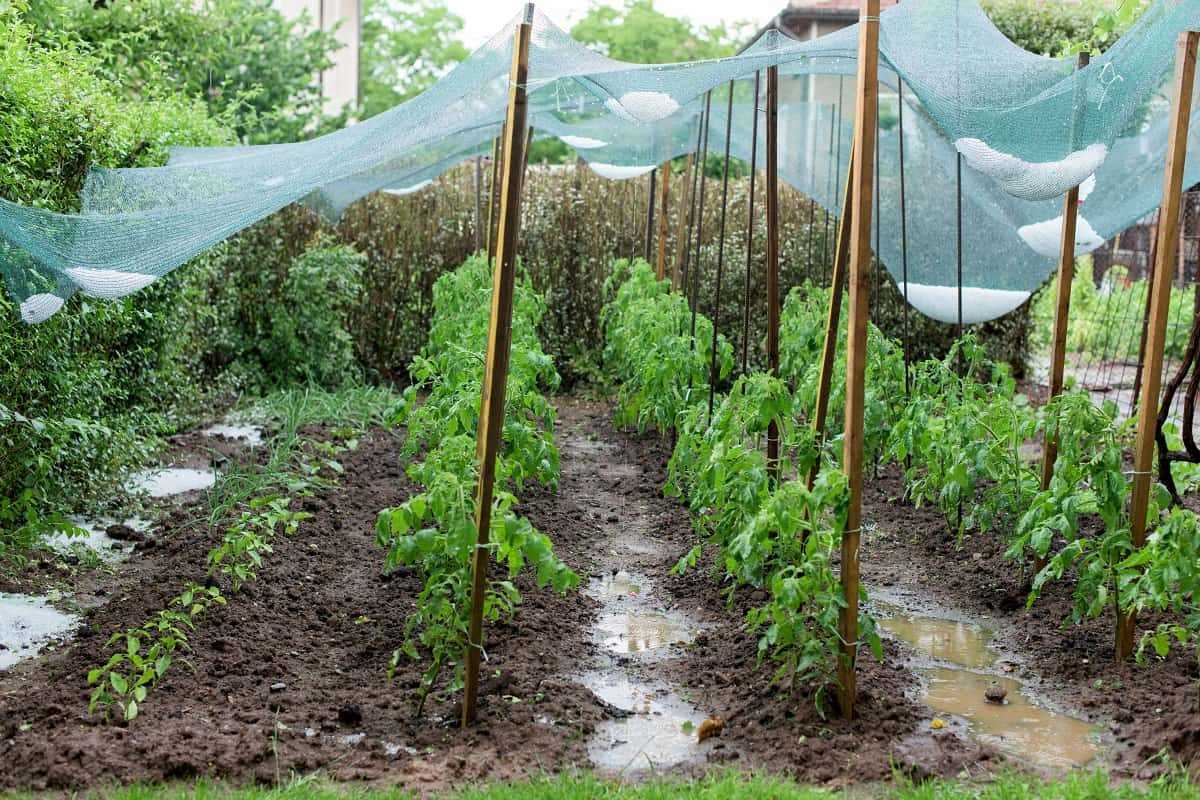
Consider using weather radar apps on your smartphone or tablet to track thunderstorms in real-time. These apps use advanced radar technology to display storm movements and intensities, giving you a better understanding of the approaching weather conditions.
By staying updated with weather alerts, you can take proactive measures to prepare for a thunderstorm and ensure the safety of yourself, your plants, and your property. Remember to always follow the instructions and recommendations provided by local authorities during severe weather situations.
Prepare an Emergency Kit
It is important to have an emergency kit ready in case of a thunderstorm. This kit should contain essential items that can help you stay safe and protected during the storm. Here are some items that you should include in your emergency kit:
- Flashlight: Make sure to have a flashlight with extra batteries. This will be useful in case of a power outage.
- First aid supplies: Keep a first aid kit stocked with band-aids, disinfectant, and any necessary medications.
- Portable radio: A battery-powered or hand-cranked radio will help you stay informed about the weather conditions.
- Non-perishable food: Have enough canned or packaged food that does not require refrigeration, along with a manual can opener.
- Drinking water: Store an ample supply of clean water, at least one gallon per person per day, to last for several days.
- Extra clothing and blankets: Keep warm and dry by having extra clothing, blankets, and sleeping bags on hand.
- Personal hygiene items: Include items such as toilet paper, hand sanitizer, and wet wipes.
- Important documents: Keep copies of important documents like identification, insurance papers, and medical records in a waterproof container.
- Cell phone charger: Have a portable phone charger or a car phone charger to keep your cell phone powered.
- Cash: Keep some cash on hand in case of any emergency purchases or needs.
Remember to periodically check your emergency kit to ensure that all items are up to date and in working condition. Being prepared with a well-stocked emergency kit can help you stay safe during a thunderstorm.
Q&A:
What are the essential steps for thunderstorm plant preparation?
The essential steps for thunderstorm plant preparation include bringing indoor plants inside, securing potted plants, and pruning trees and shrubs.
Why is it important to bring indoor plants inside during a thunderstorm?
Bringing indoor plants inside during a thunderstorm is important because strong winds and hail can cause damage to the plants, and lightning strikes can be a safety hazard.
How can potted plants be secured during a thunderstorm?
Potted plants can be secured during a thunderstorm by placing them in a sheltered area, such as a patio or garage, or by using stakes or weights to prevent them from being blown over by strong winds.
Why is pruning trees and shrubs important before a thunderstorm?
Pruning trees and shrubs before a thunderstorm is important because it helps to remove dead or weak branches that can be easily broken by strong winds, reducing the risk of damage to the plants or nearby structures.
What other precautions can be taken to protect plants during a thunderstorm?
Other precautions that can be taken to protect plants during a thunderstorm include avoiding overwatering plants before the storm, using mulch to protect the roots, and covering vulnerable plants with a tarp or sheet to shield them from hail.
Are there any specific plants that are more susceptible to damage during a thunderstorm?
Yes, there are some plants that are more susceptible to damage during a thunderstorm, such as tall and top-heavy plants, plants with large leaves or delicate flowers, and plants that are already weakened or diseased.

